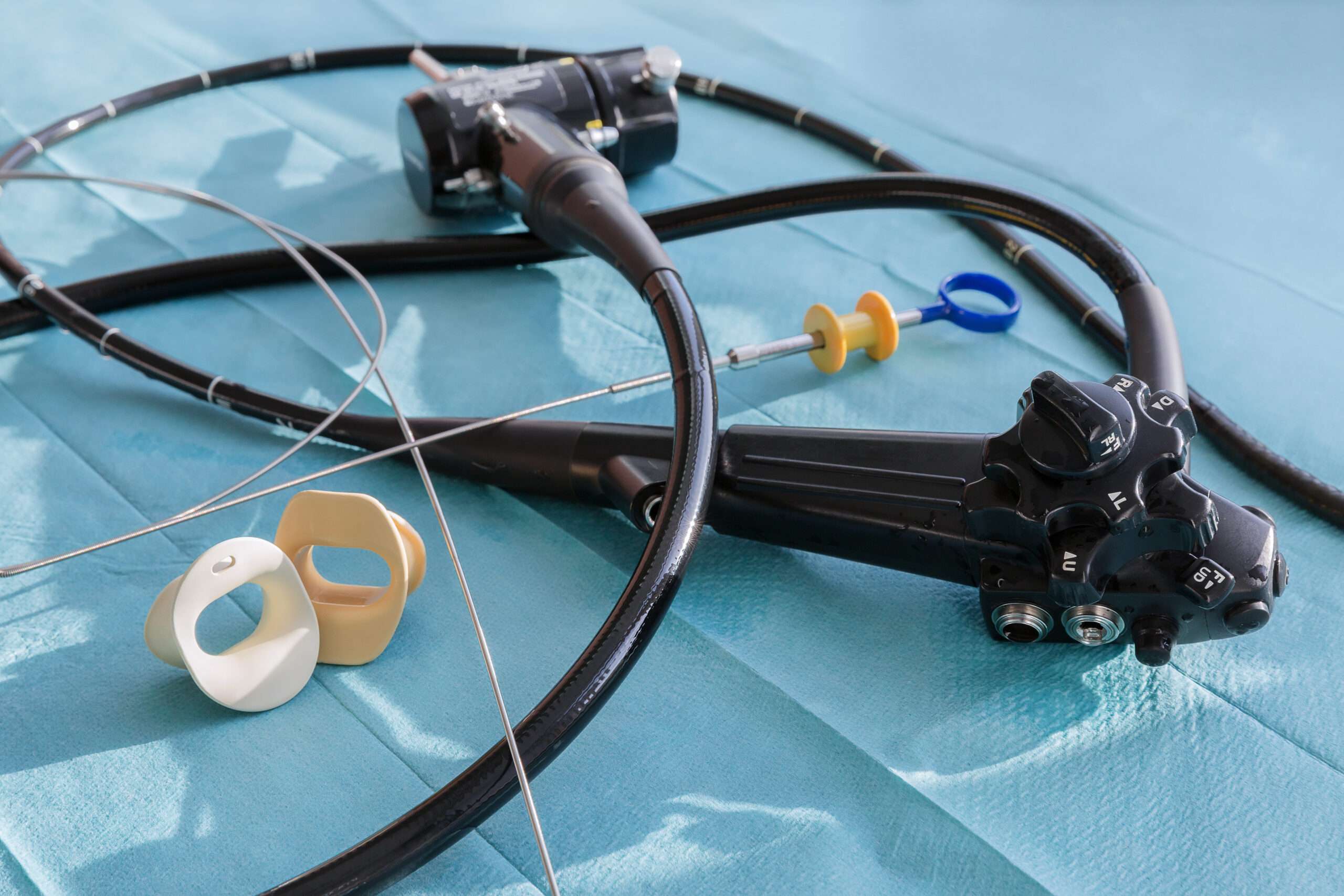Gastrointestinal Endoscopy in Petersburg, FL
An endoscopy is a medical technique used to evaluate potential issues with the digestive tract. It is performed using a tool called an endoscope. This thin tube is equipped with a light and a camera, which transmit detailed images to an external monitor.
In these detailed images of the digestive tract, Dr. Ramirez can see any irregularities that may present themselves and use them to diagnose a number of health problems.
This diagnostic procedure enables Dr. Ramirez to analyze problems and sometimes perform treatments before and after any bariatric surgical procedure. Most of the time, we will remove a tissue sample for biopsy, or we can perform therapeutic procedures such as dilation for strictures.
Why a Patient May Require an Endoscopy
If you are experiencing certain symptoms that may be indicative of digestive tract issues, an endoscopy can help diagnose these issues.
Any of the following symptoms may necessitate an endoscopy: difficulty swallowing, stomach pain, diarrhea, chronic constipation, or other irregularities in bowel habits.
The presence of ulcers can also require evaluation with endoscopy, as can gastritis or digestive tract bleeding.
This evaluative procedure is routinely performed as the initial evaluation for any Bariatric Surgery procedure to rule out gastric ulcers, tumors, inflammations, and infections. Pylori and hiatal hernias that can be fixed during surgery.
Preparation for an Endoscopy
An endoscopy requires a degree of patient preparation. In the six to eight hours leading up to the procedure, the patient must avoid eating. This preparation helps to make the stomach easier to examine with the endoscope and prevent aspiration complications.
Before the procedure is performed, the patient is given sedation. General anesthesia is not typically necessary but may be used in certain cases. Once the sedation takes effect, the patient is ready for their endoscopy.

The Endoscopy Procedure
With an upper endoscopy, the endoscope is inserted through the mouth and throat into the esophagus. This is ideal for the evaluation of a patient’s stomach, upper small intestine, and esophagus.
Once the necessary photos or biopsies have been taken and the doctor has evaluated the esophagus, stomach, and duodenum, if no corrective action can be taken, the endoscope is removed, and the procedure is complete.
Generally, patients will wake up in around 15 minutes. It will be necessary for a friend or family member to drive them home, as they will not be able to drive themselves until a day has passed.
Endoscopy Cost
Endoscopy is a medical procedure that allows doctors to examine the inside of a patient’s body using an endoscope, a thin, flexible tube with a camera and light attached to it. The cost of an endoscopy can vary depending on several factors, such as the type of endoscopy, the location of the medical facility, and the patient’s insurance coverage.
Schedule a Consultation to Learn More
If you are experiencing symptoms that may require evaluation with an endoscopy, contact the office of Dr. Alexander Ramirez and arrange a consultation.
